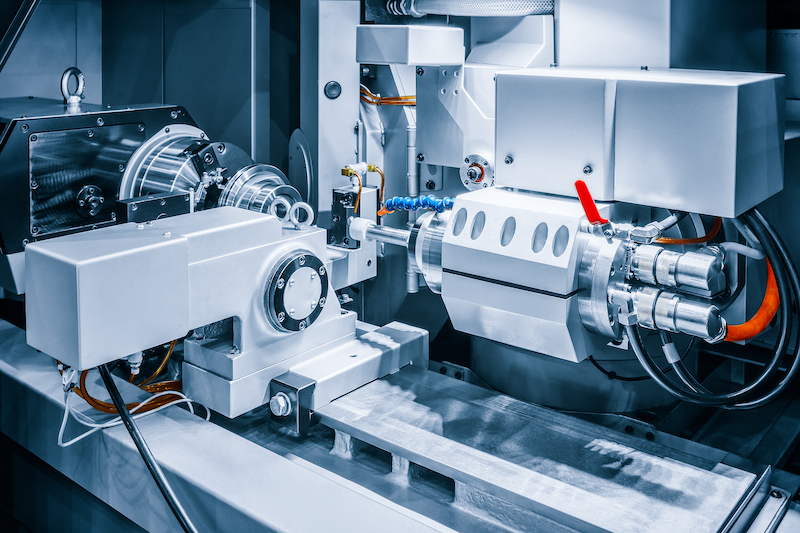Introduction
USB camera modules are becoming increasingly popular in various applications, from consumer electronics to industrial systems. These compact, easy-to-integrate devices allow for high-quality video capture and image processing while providing seamless connectivity through USB interfaces. In this article, we will explore what USB camera modules are, their key features, advantages, applications, and considerations when selecting one.
What is a USB Camera Module?
A USB camera module is a compact imaging device designed to capture video and still images. It connects to computers and other devices via a USB interface, allowing for straightforward integration and use. USB camera module typically include an image sensor, lens, and circuitry necessary for processing and transmitting video data.
Key Features of USB Camera Modules
- Plug-and-Play Functionality: Most USB camera modules support plug-and-play technology, enabling users to connect the device without needing to install additional drivers or software.
- Variety of Resolutions: USB camera modules come in various resolutions, from standard-definition (SD) to high-definition (HD) and even 4K, allowing for flexibility based on application needs.
- Real-Time Streaming: Many USB camera modules support real-time video streaming, making them suitable for applications requiring live video feeds.
- Built-In Image Processing: Some models include image processing features such as auto white balance, exposure control, and noise reduction, enhancing the quality of the captured images.
- Compact Design: Their small form factor makes USB camera modules easy to integrate into a wide range of devices and systems.
Advantages of USB Camera Modules
- Ease of Integration: The USB interface allows for straightforward integration into various systems, making it an ideal choice for both hobbyists and professionals.
- Cost-Effective: USB camera modules are often more affordable than other camera systems, offering a good balance between cost and performance.
- Versatility: These modules can be used in numerous applications, including robotics, medical imaging, surveillance, and multimedia devices.
- Wide Compatibility: USB camera modules typically work with multiple operating systems, including Windows, macOS, and Linux, ensuring broad usability across different platforms.
- Low Power Consumption: Many USB camera modules are designed to be energy-efficient, making them suitable for battery-operated devices.
Applications of USB Camera Modules
1. Robotics
USB camera modules are commonly used in robotics for navigation, object recognition, and monitoring tasks. Their compact design and easy integration enable robots to process visual information efficiently.
2. Medical Imaging
In telemedicine and diagnostic applications, USB camera modules can be utilized for imaging purposes, such as endoscopy and patient monitoring, providing high-quality video feeds for remote consultations.
3. Security and Surveillance
USB camera modules can be integrated into security systems for real-time monitoring and recording. Their ability to deliver clear video footage makes them essential for effective surveillance.
4. Industrial Automation
In manufacturing and quality control, USB camera modules are employed for inspection and monitoring processes, enabling businesses to maintain high standards of product quality.
5. Consumer Electronics
Many consumer devices, such as webcams, smart home products, and gaming accessories, utilize USB camera modules for video capture and communication.
Considerations When Choosing a USB Camera Module
- Resolution: Determine the required image resolution based on your application. Higher resolutions provide better image quality but may require more processing power and storage.
- Frame Rate: Consider the frame rate, especially for applications involving motion. A higher frame rate results in smoother video playback.
- Field of View: Assess the field of view required for your application. Wider angles are useful for capturing more of a scene, while narrower angles can focus on specific subjects.
- Low-Light Performance: If you plan to use the camera in low-light conditions, choose a module known for its low-light sensitivity.
- Integration Requirements: Evaluate the ease of integration with your existing systems, including compatibility with hardware and software.




